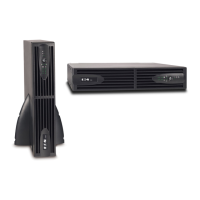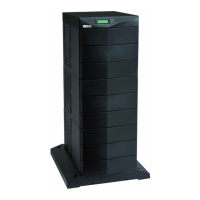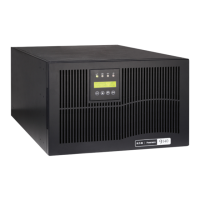P-164000476 9395P 500kVA / 600 kVA 49
Revision 002 User’s and Installation Guide
Figure 4-12. X-Slot communication bays
1 X-Slot communications bay 1
2 X-Slot communications bay 2
3 X-Slot communications bay 3
5 X-Slot communications bay 4

